Scientific name Appias lyncida | Genus Appias Rank Species | |
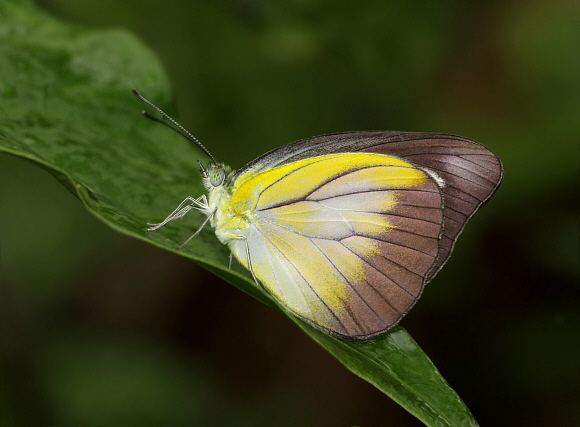 | ||
Similar Appias, Appias albina, Appias indra, Appias libythea, Cepora | ||
Appias lyncida formosana butterfly
Appias lyncida, the chocolate albatross, is a butterfly of the family Pieridae, that is, the yellows and whites, which is found in South and South East Asia.
Contents
- Appias lyncida formosana butterfly
- Appias lyncida formosana
- Range
- Status
- Description
- Habits
- Life cycle
- References
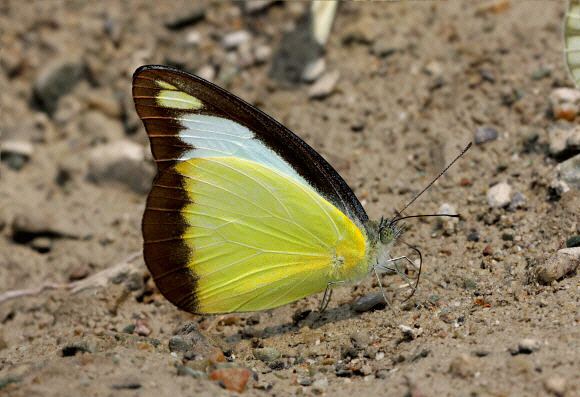
Appias lyncida formosana
Range
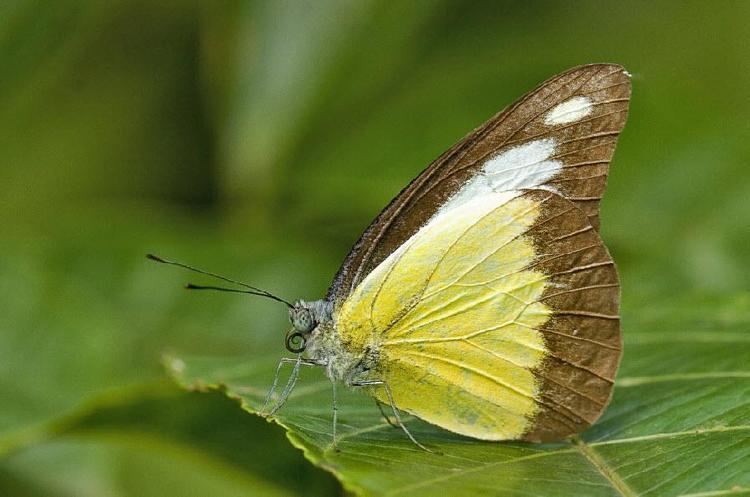
The chocolate albatross is found in India, China, Sri Lanka, Myanmar, Malaysia, Indonesia, Philippines, Thailand, Indochina, Taiwan, Hainan and possibly South China.
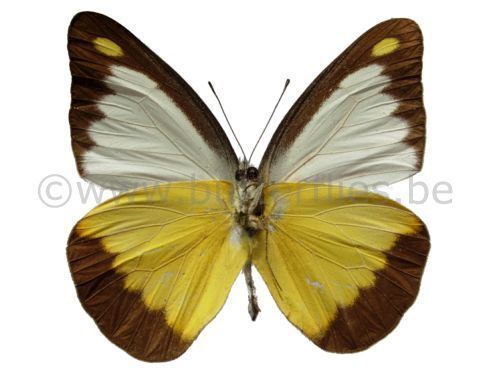
In India, the butterfly ranges across South India, peninsular India, Nicobar islands, Sikkim to Assam, and onto Myanmar. In South India, the chocolate albatross is to be found along the foot of the Western Ghats. It is found throughout the year in the Nilgiris where it is locally common. In the northern parts of peninsular India it extends into Orissa and north up to Lucknow.
Status
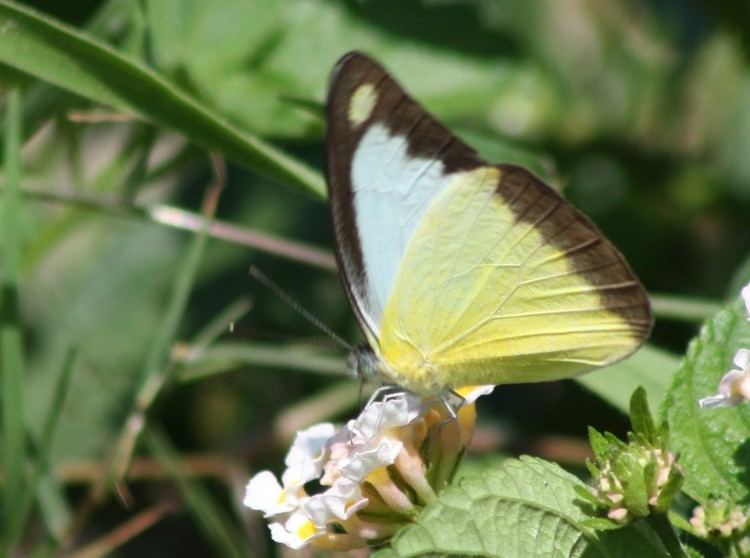
In India, the northern race of the butterfly is common, while it is local and scarce in other parts of its range.
Description
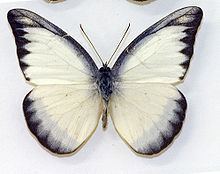
The chocolate albatross has a wingspan of 55 to 70 mm. The male is white above with chocolate-brown or black margins, and, bright lemon yellow below with chocolate-coloured markings. The female is white and densely clouded with dark brown.
The butterfly shows seasonal dimorphism and is very variable. The detailed descriptions are as follows:
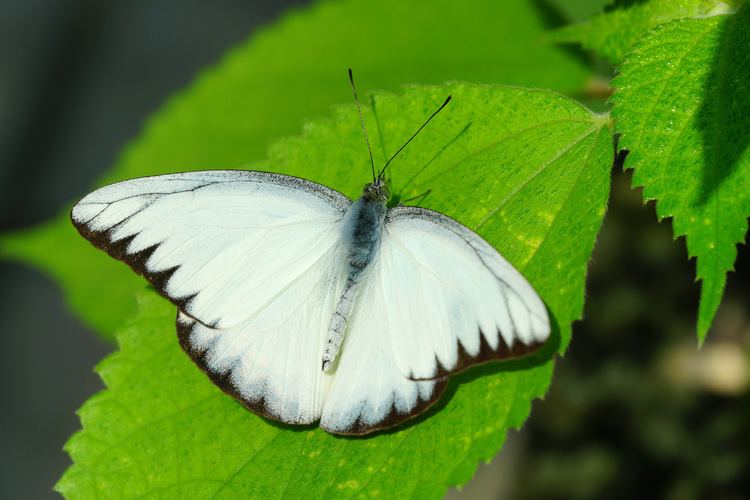
Habits
The chocolate albatross is a forest butterfly and prefers rainy highlands, up to a level of 3,000 feet (910 m). Flying strongly and swiftly close to the ground, the albatross is frequently found in jungle clearings and along stream banks. The males are often found circling around trees and bushes. The chocolate albatross often mudpuddles, sometimes in large numbers. The butterfly occasionally visits flowers and has been recorded to visit Verbena flowers in Kodagu.
Life cycle
The larvae have been recorded on Crataeva religiosa, Capparis roxburghii and Capparis heyneana.
